Evening primrose seed oil has an incredibly rich essential fatty acid profile making it a useful rejuvenative for the skin containing Linoleic acid 65-75%, Gamma linolenic acid (GLA) 8-10.5%, palmitic, stearic and linoleic acids.
It is protective, nourishing, healing and reduces inflammation and ageing skin. Like borage, it contains Gamma Linolenic Acid (GLA) which contributes to its exceptional nourishing and anti-ageing properties. GLA is a special fatty acid that locks moisture into the skin. The outermost layer of healthy skin (the stratum corneum) is rich in essential fatty acids that help to prevent water loss. Skin loses its ability to retain this essential moisture as it ages or when there is a dietary deficiency of essential fatty acids. Essential fatty acid deficiency is a complication of the now popular (but mistaken) low-fat and fat-free weight loss diets that can result in dull, dehydrated and slack skin. Applying evening primrose or borage oil to the skin has been shown to increase the levels of GLA in the stratum corneum, reducing moisture loss, correcting dryness and plumping up the skin thereby reducing fine lines and wrinkles.
Evening primrose oil applied topically accelerates the healing process of damaged skin, whilst its anti-inflammatory action make it suitable for reactive skins where it reduces redness allowing skin to heal and restore. Abnormally low levels of essential fatty acids have been associated with some inflammatory skin conditions. GLA along with linoleic acid are absorbed into the deeper layers of the epidermis enhancing the permeation through the skin. This has a valuable function of enabling these fatty acids to “carry” other key ingredients and their active constituents such as fat soluble vitamins and phytochemicals, antioxidants and essential oils with them. These properties make evening primrose a highly effective oil for repairing and maintaining the integrity of the skin and treating and preventing wrinkles.
Due to its GLA content, evening primrose oil is recommended for establishing and maintaining optimum skin function thereby boosting skin with sluggish metabolism. The cumulative effects of increased moisture levels, permeation and repair treats dry, scaly skin revealing skin which is dewy, smooth and supple.
Evening primrose seeds’ GLA content also assists in hormone balancing. When taken in the form of oil or supplements, evening primrose can effectively alleviate hormonal imbalances commonly found in conditions like premenstrual syndrome, menopause and hormonal acne.
GLA works by supporting hormone synthesis and function, acting as a precursor to prostaglandins. Prostaglandins are hormone-like substances crucial for regulating various bodily processes, including inflammation, blood clotting, and hormone balance. By promoting prostaglandin production, evening primrose oil helps mitigate hormonal fluctuations and their associated symptoms such as hot flashes, mood changes and cramps.

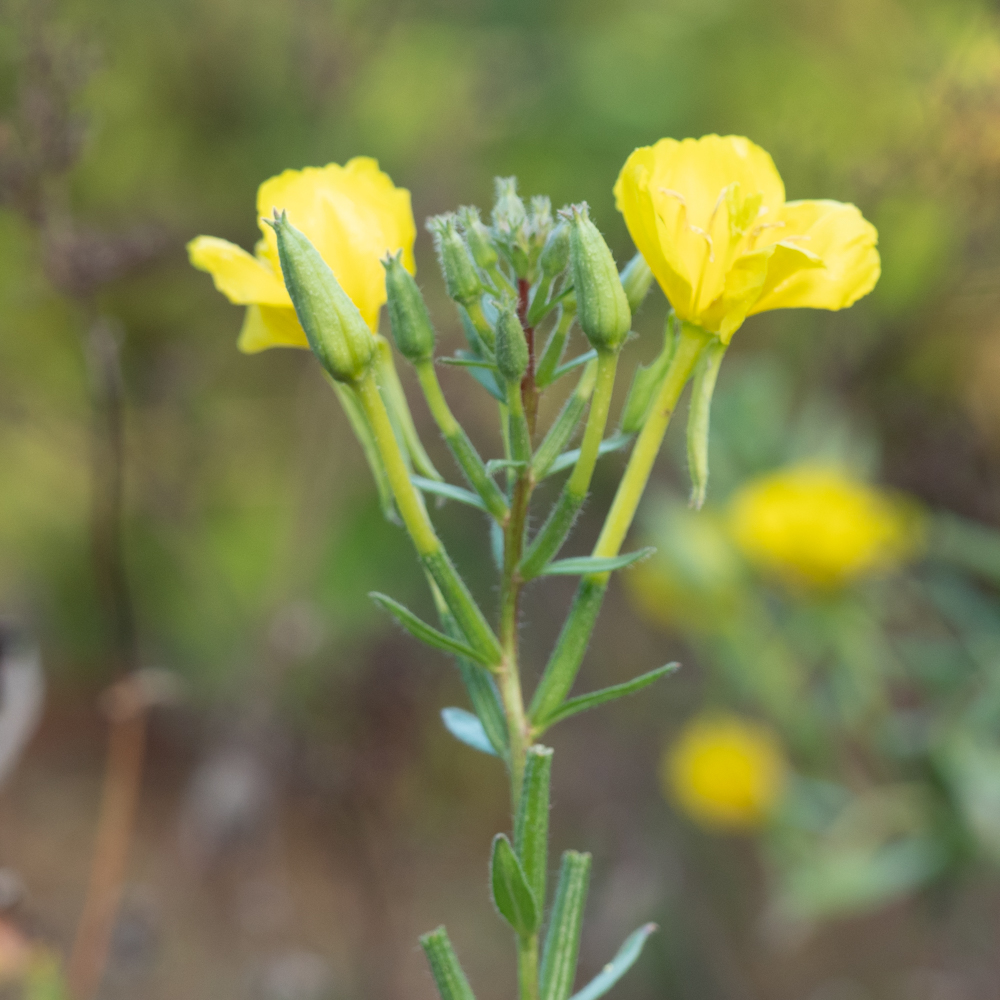
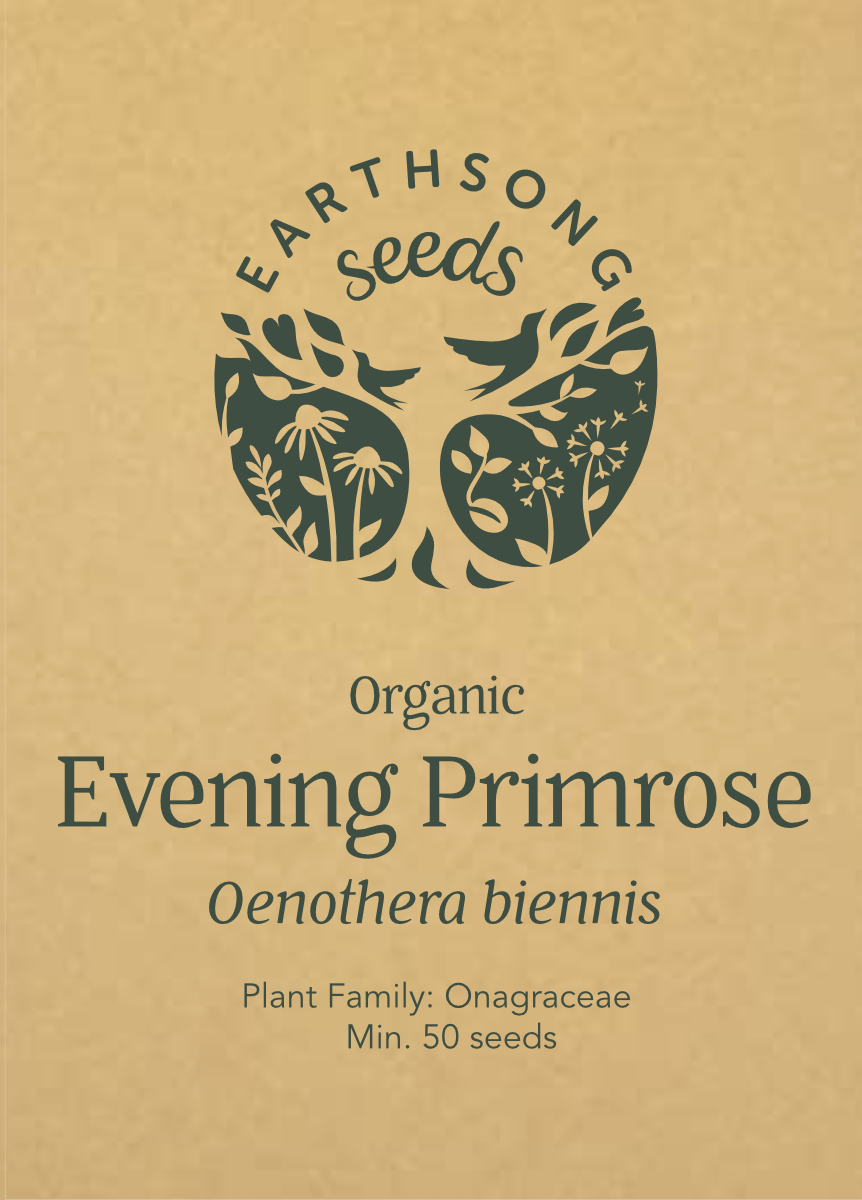
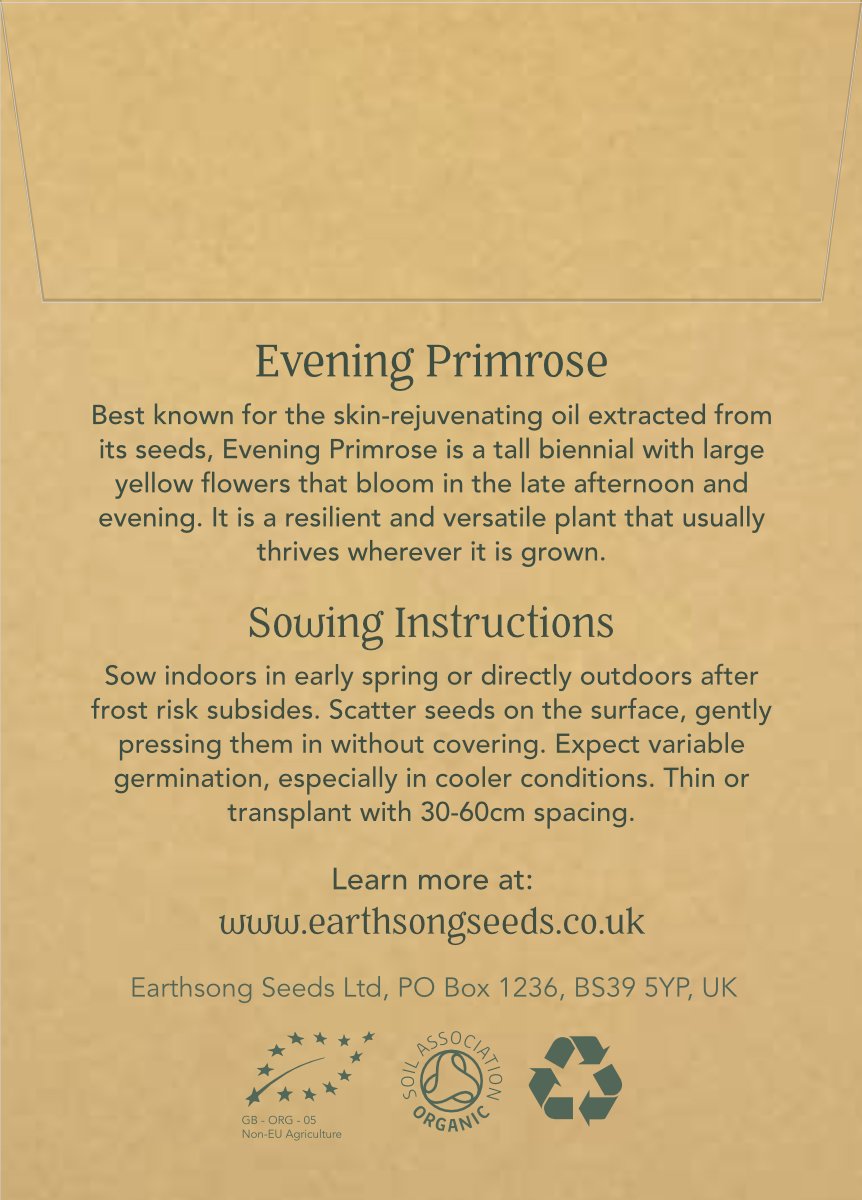
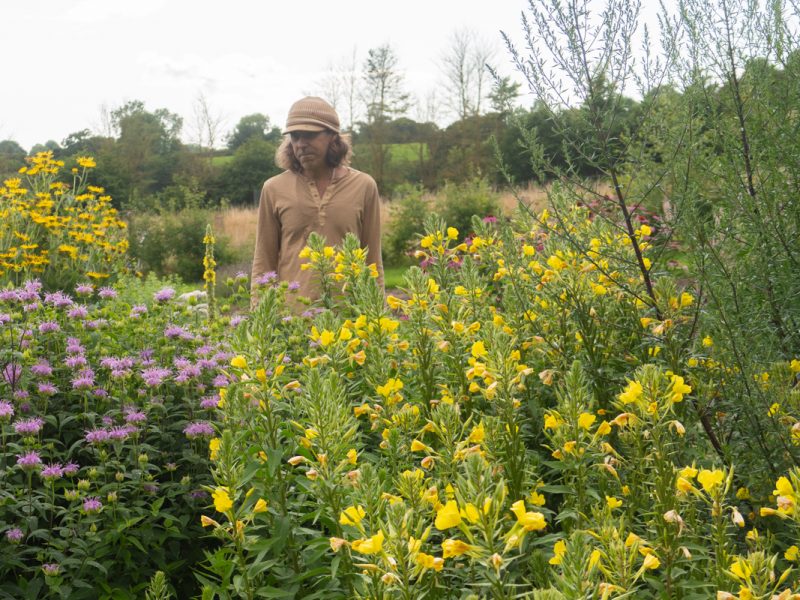
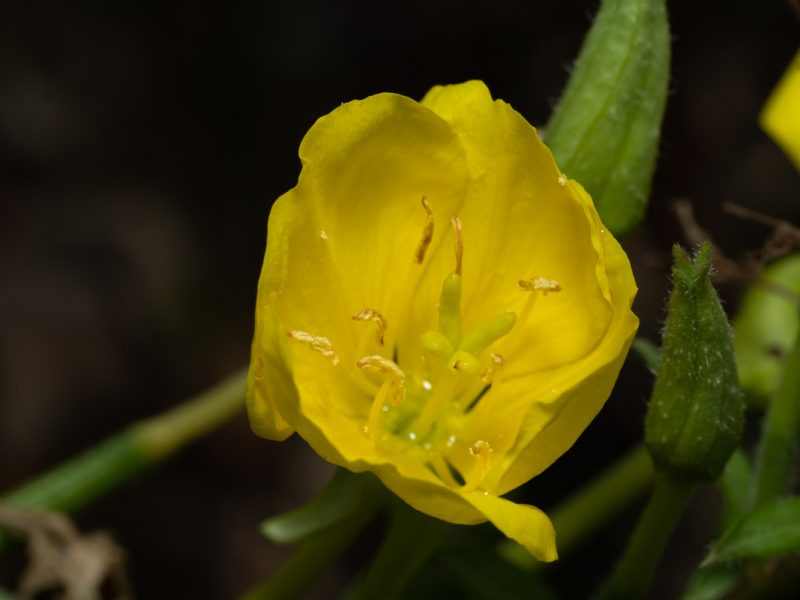
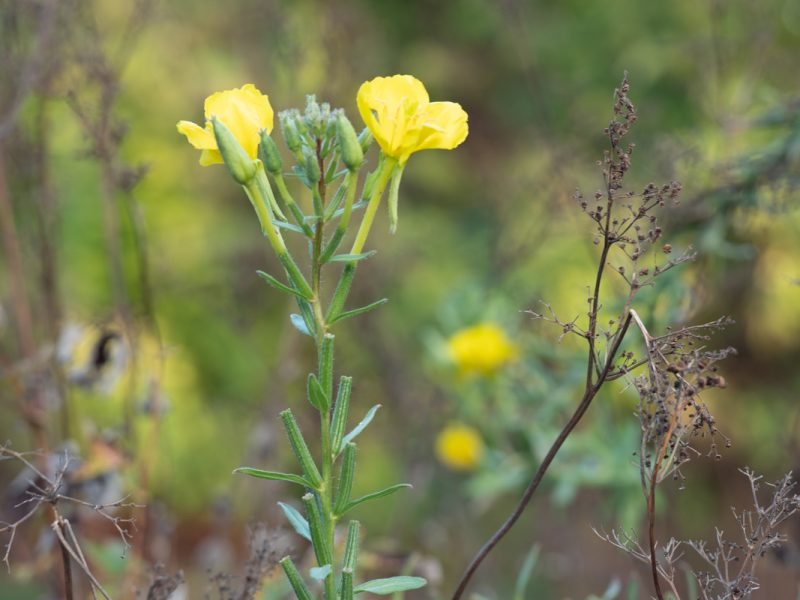
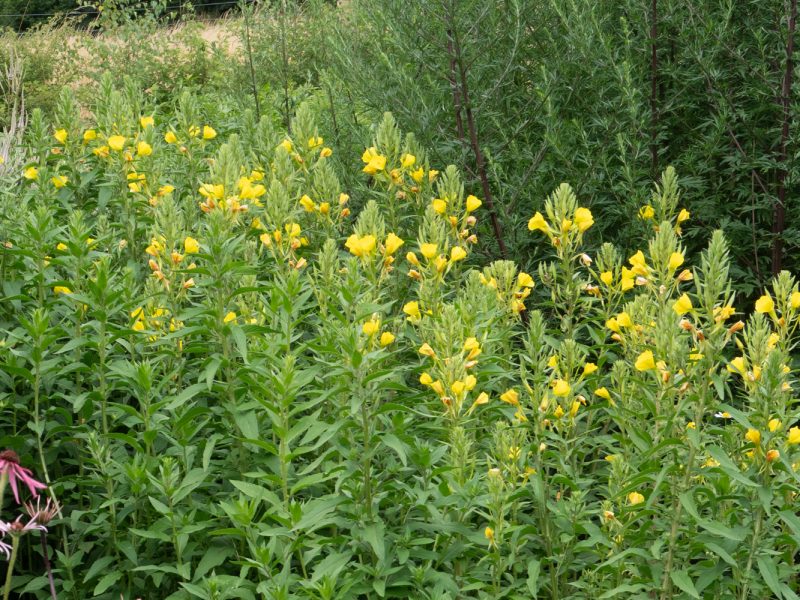
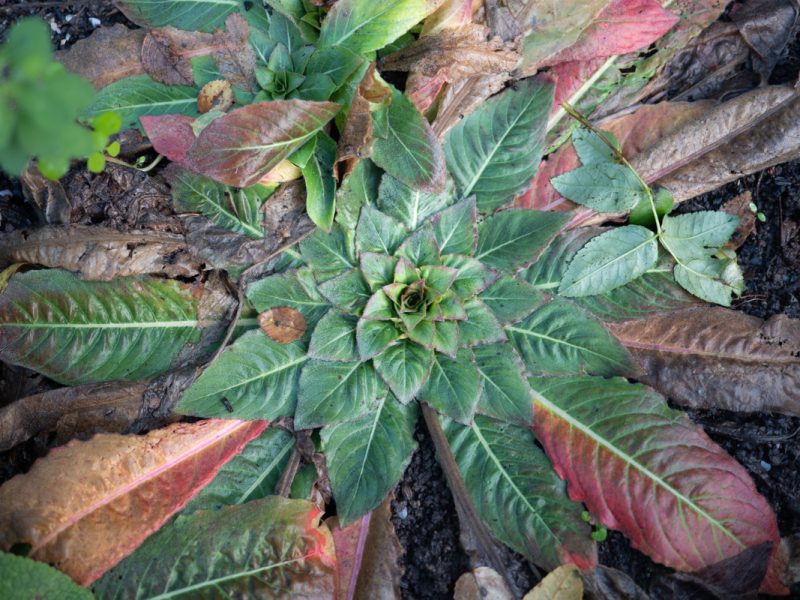
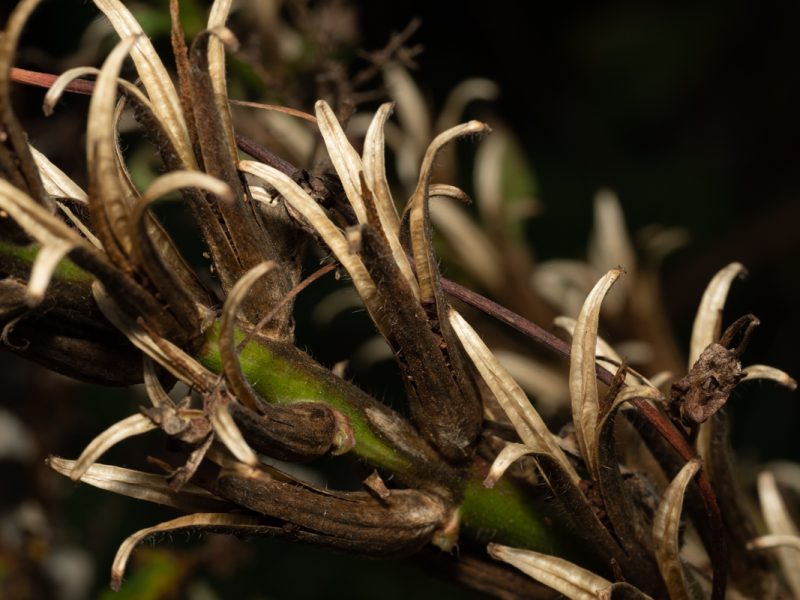





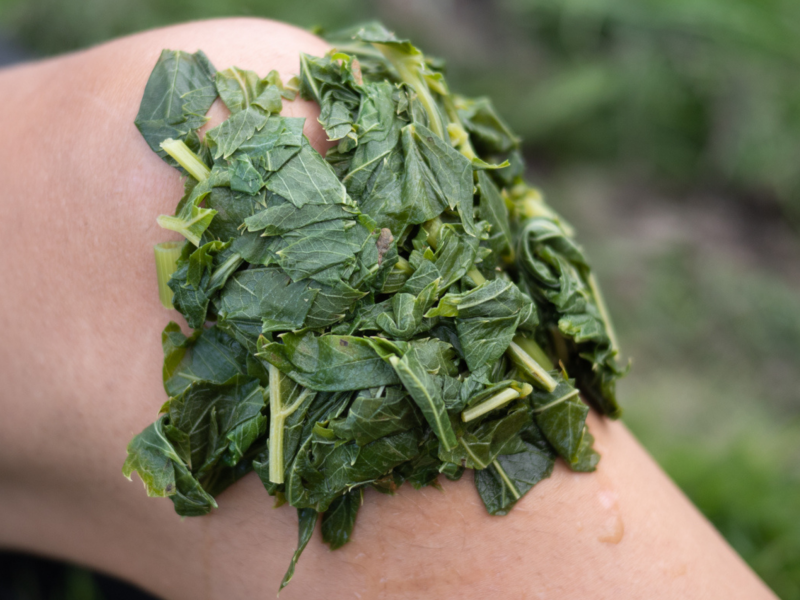
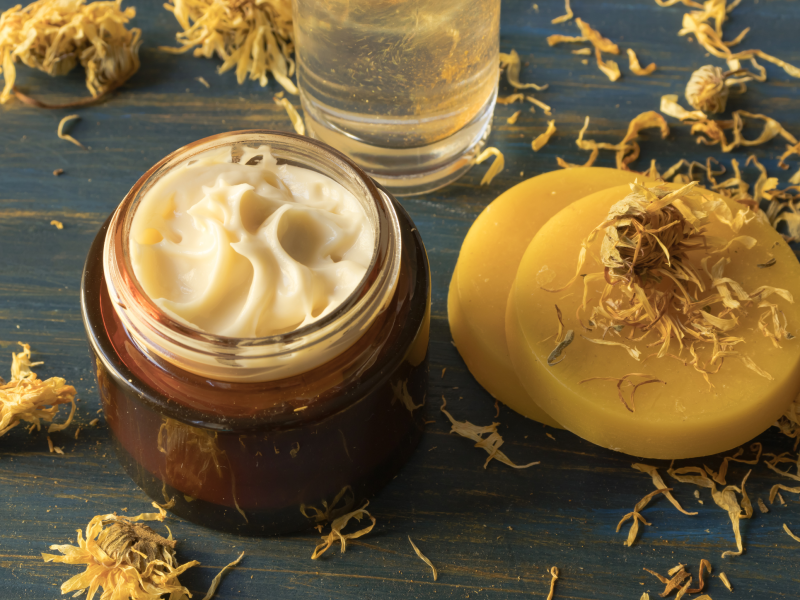

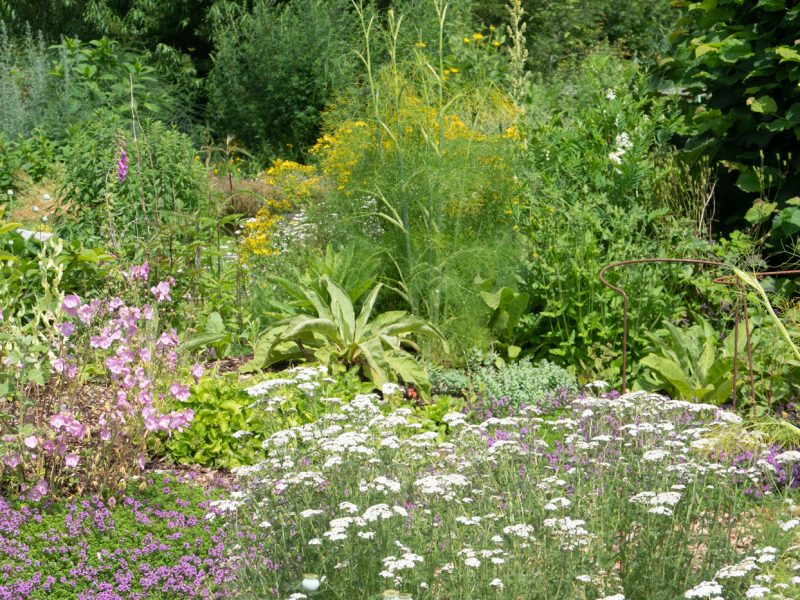
Reviews
There are no reviews yet.